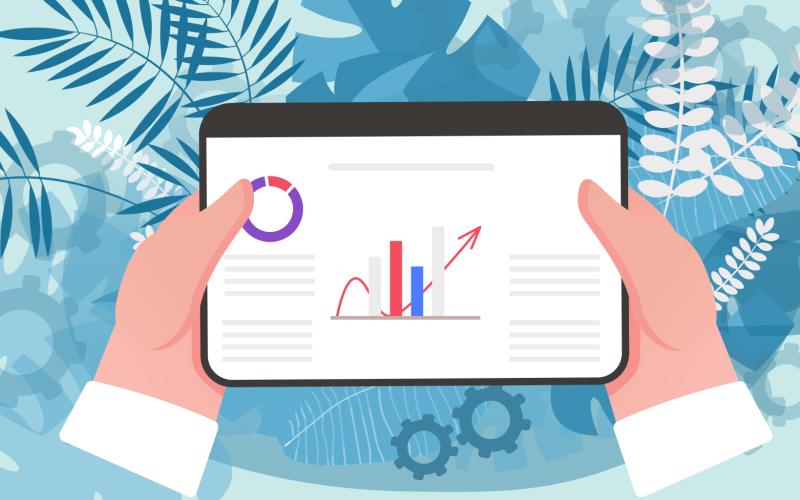Over the years, technology has ushered in a wave of change, revolutionizing both our personal and professional lives. From the advent of computers and the internet to the rise of smartphones, our society has experienced a profound transformation. In the realm of work, these advancements have left an indelible mark on industries, professions, and corporate practices. Here are a few ways how:
Contents
Contents
From computers becoming household items, through the rise of the internet, to the development of smartphone culture, the past three decades have witnessed a monumental paradigm shift across all aspects of society. These rapid technological advancements have not only transformed industries and professions but have also revolutionized established corporate concepts, paving the way for a future of enhanced workplace productivity.
The era of decentralization: redefining corporate norms
For many years, centralized management has been the prevailing approach in the corporate world. However, the concept of decentralization is not entirely novel, as companies like Johnson & Johnson successfully embraced it decades ago. The driving force behind the current wave of decentralization differs in its nature.
The increasing complexity of business:
In industries characterized by limited groundbreaking changes and a small number of stakeholders, a rigid and centralized hierarchy may have sufficed for the success of a small company. However, as markets become saturated with new companies, ideas, and practices, organizations face significant challenges in adapting to emerging factors. The advent of the internet has underscored this issue, emphasizing the need for swift decision-making and adaptability. In rapidly shifting industries, companies must reduce the time gap between learning about market developments and taking action, making quick decision-making and adaptability paramount. And according to a study done by Asana, a whopping 62% of the workday is lost to mundane tasks that can be more elegantly dealt with – meaning that as complexity increases, so does the need for simplification and deference to solutions such as Artificial Intelligence.

Embracing autonomy: Adapting to a changing business landscape
The saturation of conservative and often cut-throat business practices in the 1980s and early 1990s disillusioned many corporate workers. It became increasingly clear that the rigid, one-size-fits-all management style was losing ground, making way for a new paradigm that favored agile decision-making and empowered employees. Pioneering technologies like smartphones and the internet revolutionized real-time communication within teams, enabling collaboration like never before.
The rise of startup culture, freelance work, shared workspaces, remote employment, and other non-traditional business arrangements shifted the focus from managerial control to achieving desired outcomes. The newfound autonomy granted to workers led to heightened morale, an increased emphasis on building cohesive teams, greater innovation in work processes, and the emergence of a thriving industry dedicated to specialized productivity tools. And, the environment has increasingly come into focus for business leaders wishing to showcase their green credentials, which isn’t a moment too late according to the Emissions Gap Report conducted by the U.N.

The productivity app revolution: empowering professionals with specialized tools
The rapid surge in technological innovation opened up a plethora of new possibilities and avenues for profit – and the future of digital productivity looks bright indeed. With an increasing demand for employees with highly specialized skills, there arose a corresponding need for specialized software that could optimize the output of these professionals, who were often in limited numbers. Simultaneously, professionals in various fields found themselves in situations where versatility and adaptability became essential.
The availability of information sources and specialized apps revolutionized learning, enabling professionals to acquire new skills more quickly and easily than ever before. This demand from diverse professional groups gave rise to a vibrant and innovation-driven industry, offering thousands of productivity apps. From comprehensive productivity software suites, digital encyclopedias, and email clients, to task organizers and proofreading tools, these apps catered to a wide range of occupations and industries. Professionals could now build a tailored toolkit of essential apps, empowering them to overcome specific challenges and meet their unique needs.
As technology continues to evolve, these three key elements—the era of decentralization, the embrace of autonomy, and the productivity app revolution—shape the trajectory of workplace productivity. By embracing these transformations, businesses foster dynamic and efficient work environments that empower their employees to thrive in an ever-changing world.







